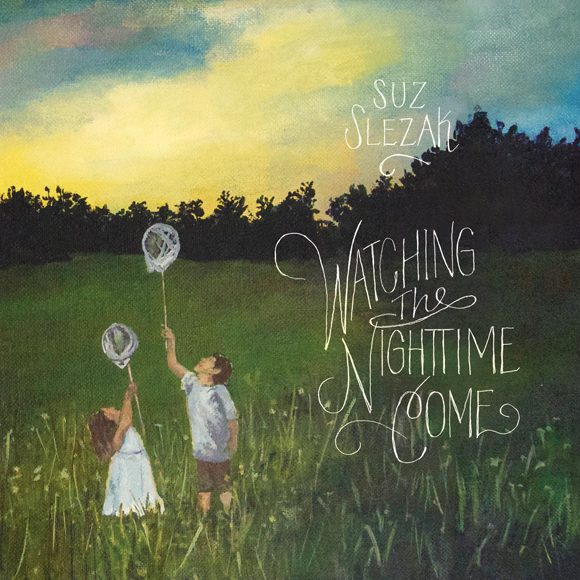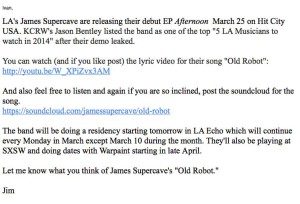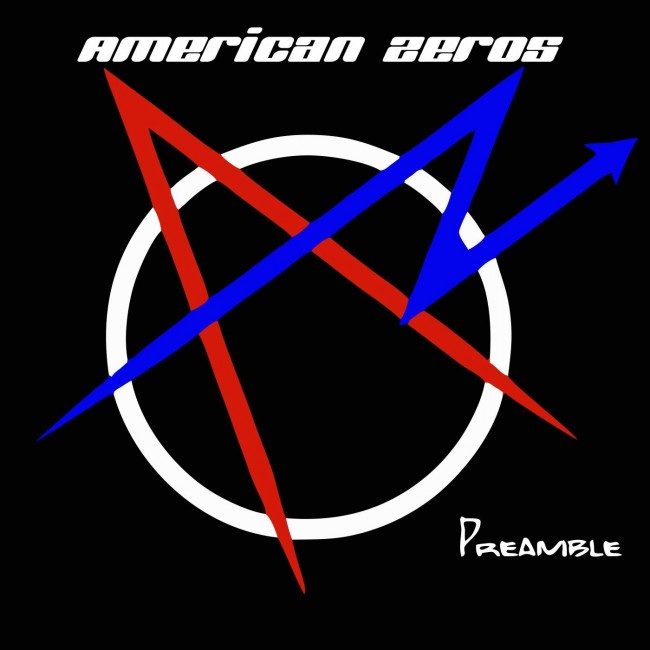Holler back is all about engaging with our readers. We will do our best to write about things that foster conversation. We welcome your input. View all
Dear artists that have submitted material to Those Who Dig in the past. I would like to tell you that I genuinely appreciate you taking the time to send us your music. We are humbled that you would like to be featured on our digital pages. I work a desk job which allows me to listen to a lot of music and although I can’t respond to everyone of your submissions, I smile each time I check my email inbox and see a submission. Thank you!
That all being said I have some advice that will help to ensure that your material that you spent all this time creating and promoting makes it into my inbox, through my headphone cable, and onto the interwebs. 1, 2, 3, Do it.
1. Start Off With A Bang
A typical email inbox only renders the first few words of an email. There is a good chance this is the only part of your email a potential reviewer will ever see, so make it good. Remember this isn’t a letter. You don’t need to be cordial (had to use spell check for that word.) Be specific. If your band isn’t widely known start off with a piece of text has a greater chance of resonating with the reader. I write about, play, and love folk and bluegrass music, so if you can work some of those keywords into the first 30 characters, you probably should.
Here is an example of what I’m talking about. (If this is your email I’m sorry I used it. That goes for all the emails I use in this article. If I have offended you let me know please and I’ll bump your band on our social channels. Deal?)
This tells me very little about you. I don’t know what kind of music you play, or anything else about you except you are playing SXSW and you will have new music in the future. You would be AMAZED at how many bands email us. 94% of those email previews look a lot like this. If you had a 10 minute break and could listen to 2 or 3 tracks in your inbox would you click on this?
Also, notice how short the subject of the email gets chopped. There is no need to waste precious characters telling me this information is for IMMEDIATE RELEASE, save that for the actual press release.
So what would I click on? I clicked on this one today.
Why? I knew what I was getting. I was prepared for the genre. It sounded interesting, and I wanted to learn more. It engaged me and even though it couldn’t sound less like the music I usually to listen to, I do my best to keep an open mind and love hearing new stuff. Well done guys.
2. Set The Hook – Engage Me
Ok so you’re thinking about your preview text and you’ve gotten me to open the email. Now what? Well you may be shocked to learn that a whole lot of the submissions we get are boilerplate submissions. That’s right, if you can believe it some people just send their email to EVERY blog they know of. Sounds like SPAM right?
Right. I’m a human being here. Just like you hate getting impersonal emails from people / machines I do too. I put my email address out there into the world to give people an opportunity to let me know about cool stuff, so email me like you would email a friend that you wanted to listen to your music.
This is an example of an impersonal, form promo email. (Sorry James Supercave, nothing against you or your music. Hopefully you learn from this. I wish you nothing but the best.)
Nothing says form letter to me like my name being in a different font and size. I award effort points in pulling “Ivan” off of the beginning of my email (if you actually did that and it wasn’t done by an emailing application, if the latter, I revoke those points) but if you want me to choose to review you I’d like to know why. Maybe stroke my ego a little bit. Do you think I write about music that you like? Are you just getting started and looking for any media bump you can get? Are you playing a show in one of our cities soon and want some local readers to check out your band?
All of these are valid reasons to write about you and I have written about bands for all of them. Just be honest and do a bit of research. At least when emailing me, that is your best bet.
Editors Note: You can ALSO try the “impress the pants off of me” approach. Did you just win a huge award? Are you going out on tour with someone awesome? That can also work. Either way still try to keep it personal. Some sort of combination of personal and impressive is your best bet. I’d say that it is probably somewhere around 60% / 40%.
3. Make It Easy For Me
I’ve opened your submission and I’ve read through your personal intro. If your submission has gotten this far you are doing really well, now it’s time to bring it home. #3 brings up a key motif of #2: Why do you want me to write about you? Think about it.
Do you want me to listen to an album and review it? If this is the case make sure you provide your album in an easy to consume format. Soundcloud, Bandcamp, Spotify, attached digital files, these all work. But that is the easy one. You can really help shape my article. Give me some quotes. Give me some links to other articles that you like about you. Is their a featured track you’d like me to embed into the post? Do you NOT want me to embed the songs in the post? These are all things that I have to think about when writing an article, and if you make it easy the chance of me getting to in in a timely manner are much greater.
Do you want me to promote an upcoming show? Album release? Festival? House party? Give me the details. Are there any links you’d like me to include in the post (maybe a Facebook event or venue website?) Is there a key contact that people can get in touch with if they have questions?
This is what you should be thinking about when drafting your press release. Make sure you include at least one image and make sure that it is at least 800 pixels wide. Any good writer can shrink it, but as I’m sure you know making it bigger makes it much uglier, and you don’t want that. If you don’t include an image I have to go through the trouble of finding one online, making sure I can use it, etc. That takes up a lot of time, and I don’t always choose an image you like.
I could go on, but the big thing to take from #3 is to think about what you want the recipient to do after reading your submission. If you have a solid understanding of this it will come through in your communiqué, and it will be appreciated.
This is an actual submission I received recently. I hope he doesn’t mind me using it, but I feel that it does a pretty good job.
Now this submission isn’t perfect. No photo, no link to an actual website, Facebook page, or anything like that. I would really have liked to know the genre of the music before clicking on the link to help prepare myself (there were no bad surprises). What he does well though is send me a very readable and informative email. It got me to click through and listen to his music at the very least, and I assume that is the goal.
If you didn’t read this long post, here are some cliff notes.
- Think about the email preview text, it is REALLY important
- Do your best to make a personal connection with the email recipient
- Let the recipient know why you are sending this press release
- Include any quotes / text you’d like to see in the article
- Make it easy for the recipient to listen to your music
- Include a high quality approved photo
- Include any links to relevant information (YouTube links, band website, etc)
- Don’t include too many images, links, and quotes; just choose the best ones
I hope this helps someone and I sincerely hope that I don’t sound like a huge jerk. Remember that the Public Relations industry is a multi-billion dollar industry. PR professionals aren’t just snake oil salesmen, there are trade secrets that people are willing to pay lots of money for. I’m just trying to give you a jumpstart, or at the very least a glimpse into what I think about when deciding what to write about. What do you think?
Also for being such a good sport here is Hemant Rao’s track Alibi.
Advice • DIY • Do It Yourself • Hemant Rao • Press Releases • Promotion • Public Relations










